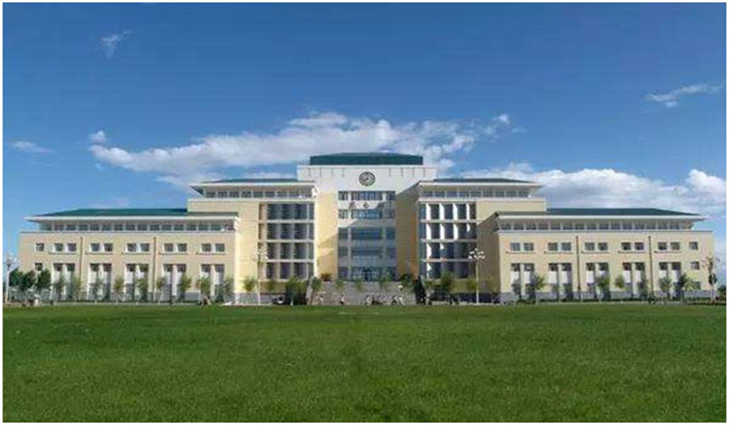HMU was founded in 1926 and boasts of a history of glory and rich traditions. It originated from the merger of the old Harbin Medical University (a.k.a. Harbin Special Medical School) and the former first and second branch schools of Xingshan Chinese Medical University (a.k.a. Chinese Red Army Health School founded in 1931 in Ruijin, Jiangxi). HMU has been fast growing in terms of clinical and academic strength and has become a top ranking medical school with a large training capacity and distinctly characteristic training programs and curriculum design. HMU is appointed as a national education and training base for biomedical scientists and teaching talents by the National Bureau of Advanced Health Care Education, and a key university of Heilongjiang Province in the national "211 Project." Harbin Medical University (HMU) is located in Harbin, a beautiful city well-known for its ice and snow and reputed as “Eastern Paris”. HMU has a scenic view on the campus dotted with ancient-style buildings, with a total area of 2.36 million square meters. HMU cooperates with 5 foreign universities for joint medical programs. There are over 10,000 full-time students, among whom are over 3000 graduate students.
HMU has a number of excellent faculty members. There are now over 10,000 faculty and staff, with a well-structured combination of different ages. Of those is one academician of Chinese Academy of Engineering and one Nightingale Prize winner. Over 70 faculty members have been granted various prizes such as Chinese Outstanding Young Teacher Award, Wu Jieping Medical Research Award, and Paul Jassen Award in Pharmacy. HMU has made remarkable scientific achievements. Significant breakthroughs have been made in China Human Genome Project, cytogenetical research on solid tumor, basic and clinical research on series of spleen preservation operation, experiment and clinical application of homogeneous in situ heart transplantation, research on the best target of antiarrhythmic drugs and etiology of Kaschin-Beck disease.
HMU boasts advanced clinical technology. The five medical schools (affiliated hospitals) are ranked at top level, of which 3 are listed among the “100 best hospitals” in China. There are over 5000 beds, 2 million outpatients and over 200 thousand inpatients per year. Allogeneic organ transplantation is a distinctive feature of HMU. Allogeneic spleen transplantation, allogeneic both hands transplantation and allogeneic single forearm transplantation have reached international level. The patient who received the allogeneic heart transplantation enjoys the best life quality in Asia. The combined treatment of large intestine cancer is well-known in China. There are 2905 beds in the other 4 non-affiliated clinical hospitals.

Tuition Fees also can be paid on half yearly.
Fees structure:
| 1st Year | 2nd to 6th Year | Total Course fee (6 year) |
|---|---|---|
| 7800USD$ (5,46,000INR) | 4500USD$ (3,15,000INR) | 30,300USD$ (21,21,000INR) |
* we calculated 1$ = 70Rs.
- No Donation.
- No Entrance Exam.
- English Medium.
- WHO & MCI Recognized
- Low Cost of Living.
- Lower Tuition Fees.


